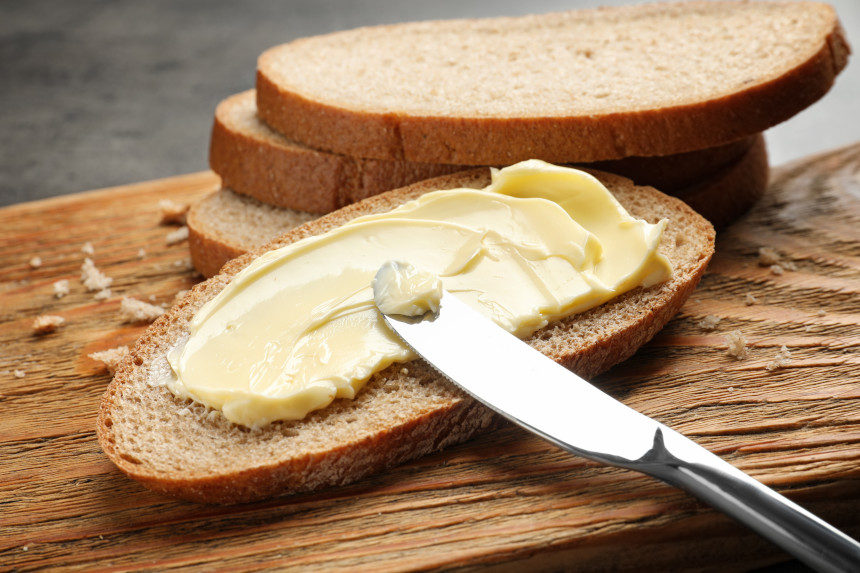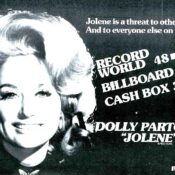A wartime butter shortage forced many American families to switch to margarine. The dairy industry did its best to imply that margarine was slow poison, even backing laws that prohibited dyeing the lard-colored product a buttery yellow. With the war over and new taxes and fees being put on margarine to discourage its sale, the editors saw a revolt coming.
—From “Why Can’t We Have Yellow Oleo?,” Editorial in the September 7, 1946, issue of The Saturday Evening Post
Oleo now sails under its own steam and makes no claim to be butter at all. However, its producers would like to color it yellow because consumers’ habits are what they are.
The reason we predict a revolution is that millions of people who were forced to accept margarine because of the butter shortage have come to like it. They will now be far more critical of regulations designed to throttle competition for the benefit of a group of producers who could not possibly meet the total demand for their product.
The extraordinary sales resistance to postwar butter, when it arrived on the markets at $1 a pound, is a hint that the public is in the mood to shop around and will increasingly resent being told what it can buy and what color must be used in the lubricants people spread on their bread.
The full editorial runs below.
This article is featured in the September/October 2021 issue of The Saturday Evening Post. Subscribe to the magazine for more art, inspiring stories, fiction, humor, and features from our archives.
Featured image: Shutterstock
Become a Saturday Evening Post member and enjoy unlimited access. Subscribe now


